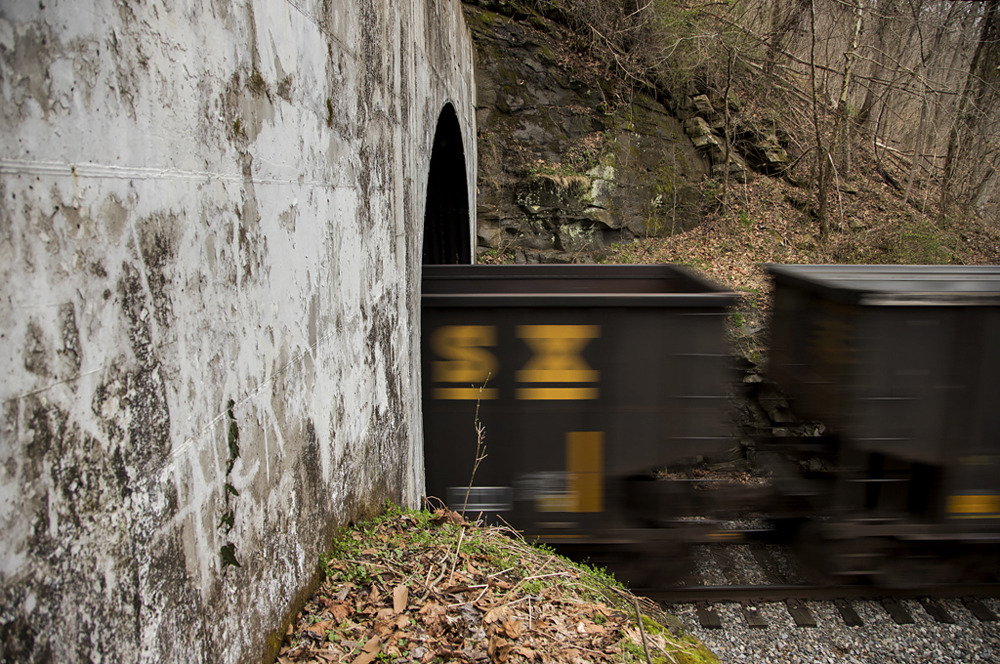
CHICAGO — U.S. railroads may see high demand for coal exports continue as Germany looks to fire up its coal-fired power plants in the months ahead. Germany’s renewed focus on coal is due to its need to conserve natural gas after Russia pulled back its gas exports last week due to European sanctions.
Germany had relied on Russia for about 35% of its natural gas, down from 55% before the war. Now, Germany will need to conserve and store its remaining natural gas supply in preparation for the upcoming winter. A recent, paywalled Wall Street Journal article, citing Germany’s economy minister, notes that Germany’s natural gas reserves are slightly above 50% of capacity. The country is targeting 90% by December.
To help conserve and store natural gas, leaders in Germany announced on Sunday plans to encourage extending the use of coal-fired power plants while the country identifies an alternative to Russian gas. This may be an opportunity for U.S. railroads to bolster export coal shipments to seaborne terminals they serve for European markets. Through the end of 2021, the U.S. had shipped more than 2 million tons of coal to Germany, compared to 683,000 tons a year prior. That is the equivalent of more than 18,000 carloads and a positive variance of almost 12,000 carloads if all of the tonnage moved via rail.
According to Eurostat data, the U.S. is the second-largest coal supplier to Germany, trailing Russia, providing about 18% of its coal in 2020. Russian coal accounted for around 45% before the war. The European Union has since imposed a ban on Russian coal imports.
The U.S. was already in the position to benefit as a swing supplier to Germany after Europe’s ban on Russian coal [see “Coal’s comeback perseveres through mid-2022,” Trains News Wire, May 20, 2022], but Germany’s recent plan to use more of its coal-fired capacity further highlights the short-term opportunities for U.S. miners and railroads.
Coal continues to be a bright spot for carload traffic in 2022. So far this year, U.S. coal traffic is up 4%, one of only four carload groups outperforming 2021. Coal spot-market prices are also favorable for mining across different production regions as prices continue reaching unprecedented highs. Year over year, spot prices per short ton of Illinois Basin coal are up 265%; Central Appalachia up 125%; Northern Appalachia up 98%; Powder River Basin up 37%; and Uinta Basin up 30%.
Upcoming second quarter financials will provide additional guidance on coal’s outlook for the second half of the year and Germany’s decision to increase coal usage is expected to be approved by lawmakers on July 8. The measure, once approved, will expire in March 2024.














Look for the US wood pellet export market to explode. German coal fired plants like to mix the coal with treated wood pellets made from trees in Georgia. These pellets are then shipped by rail to the Port of Savannah and loaded onto ships bound for Europe. Reduces certain emissions without a large loss in boiler temps.